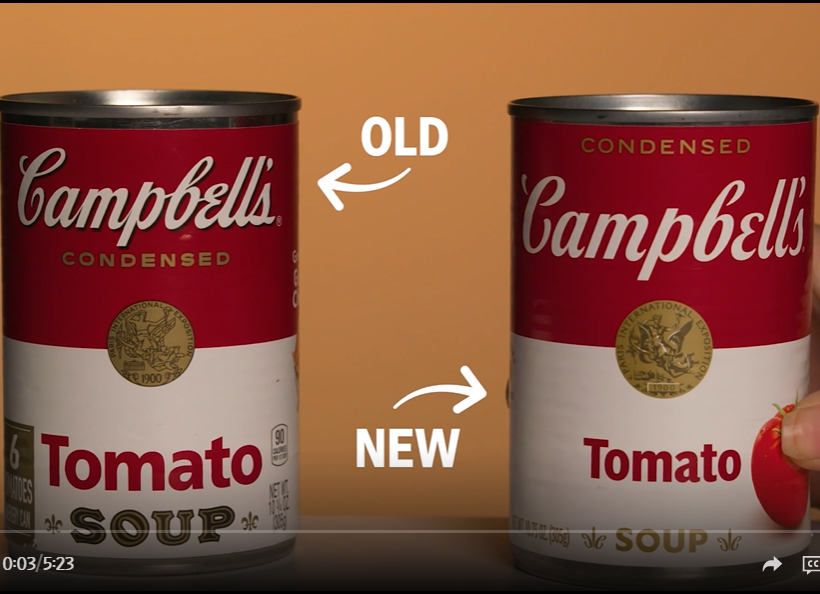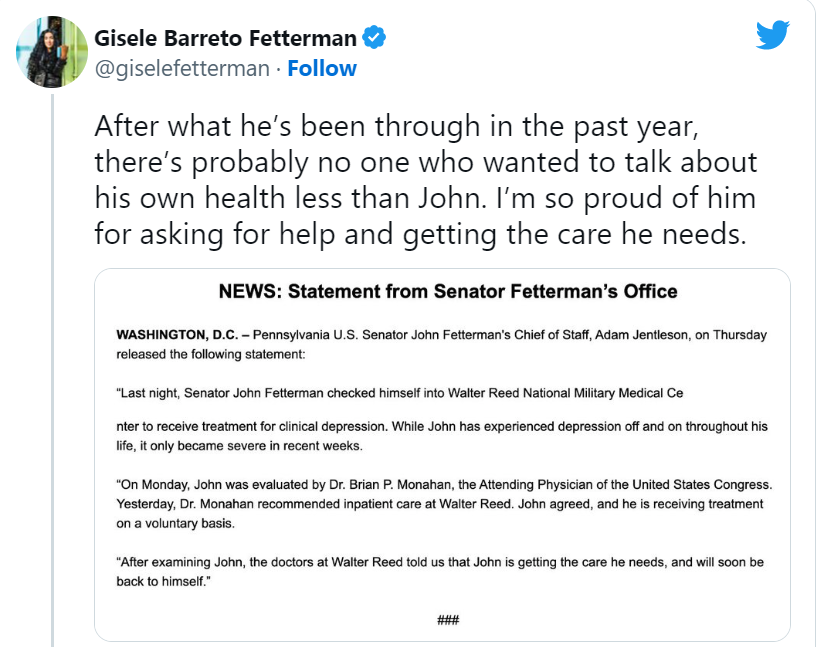Salesforce CEO Addresses McConaughey Controversy
/The Salesforce CEO responded to criticism about paying actor Matthew McConaughey (“a friend,” according to a WSJ report) more than $10 million while laying off 8,000 employees. In a video interview, Marc Benioff uses persuasive strategies to convince the audience that this is appropriate and not an ethical issue or, as the Barron’s interviewer asks, “Is that fair?”
Benioff started with a joke, which is surprising considering the situation. He interrupts the interviewer to say, “alright, alright, alright,” a classic line from McConaughey’s 1993 movie Dazed and Confused. By not taking the issue seriously, Benioff might have reduced his credibility.
But Benioff then used an effective crisis communication strategy of distancing the current time: “Years ago, we signed a contract with Matthew . . . ” A better choice might have been to avoid using only his first name, which stresses his personal relationship. But the time period does separate the decision from the recent cost-cutting.
Directly addressing the question, Benioff said, “Putting those two things together, I don’t think is fair,” and “it’s not related to our layoffs.” Another strategy Benioff used was providing context. First, he explained that the company ramped up and then faced currency and inflation issues that required reductions. Next, he said, “Do we have to take an employment action [layoffs]? Well, I think every company is.” Acting in line with other companies makes the layoffs sound reasonable—even necessary—without requiring other cuts, such as marketing.
Of course, Benioff doesn’t address the possibility of cancelling McConaughey’s contract, and he doesn’t provide evidence of McConaughey’s “great work” that would warrant maintaining the expense. But overall, Benioff does a good job pushing back on the criticism.






















